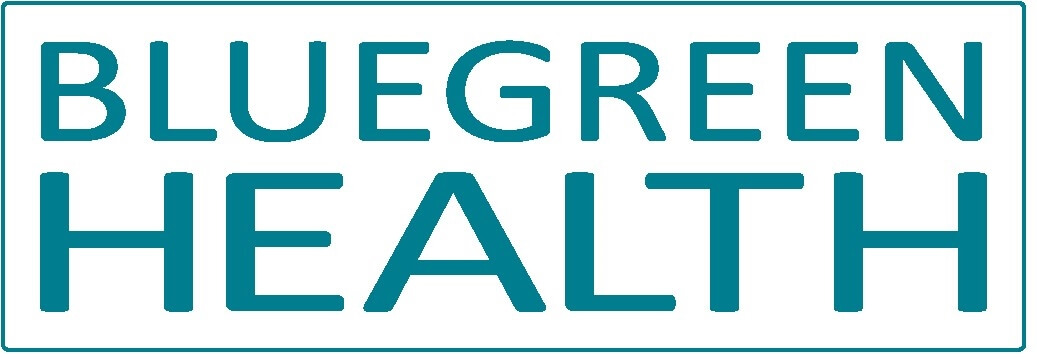Dr Laura Mann DMD FRSM
We are connected to our breasts not only physically, but also mentally, psychologically, and our breasts are a huge factor in our self-confidence.
Yet, all too often we focus on the negative. We focus on the appearance of our breasts: size, shape, symmetry, but we aren’t aware that what really matters, is what happens in our breast tissue, at cellular level.
Large studies demonstrate that health starts at the cellular level, yet are women taking steps to protect their breast health?
When it comes to breast health, taking action is essential.
As a women founded company, we are the first company that started raising awareness and educating about the importance of protecting our breast health, down to cellular level.
Our breasts are made of several types of tissues:
Glandular cells–the cells that produce milk and the connecting ducts; they are grouped together in lobes like bunches of grapes. Each breast has approximately 15-20 lobes.
Connective tissue cells-including ligaments, blood vessels, skin.
Fat cells-cushioning the glandular and connective tissue.
The glandular tissue is where the 99.999% of breast cancer cases develop, and in particular the milk ducts, where over 70% of breast cancer initiates.
Breast density is a term that describes the relative amount of these different types of breast tissue within the breast:
- Lots of glandular tissue and less connective & fat tissue means dense breasts.
- Less glandular tissue and more connective and fat tissue means fatty breasts.
It is well established that the higher breast density is, the higher the cancer risk and also the more difficult to diagnose a tumour on mammogram.
Our glandular breast cells are genetically programmed to respond to hormones and changes in the hormone level are felt immediately; like for example: before the periods our breasts swell and after the period they get back to their normal size. When we become pregnant one of the first signs is tender and larger breasts.
These cells are extremely sensitive to all the chemicals in our environment: smoking, alcohol, radiation, antibiotics, and the ingredients in our cosmetics, furniture and cleaning products.
The Parabens, benzoates, phtalates in soaps, shampoos, make-up, hair products, and fragrances -the list is much longer- act like Endocrine Disrupting Chemicals (EDC)* so they constantly stimulate the cells to grow and be over active metabolically.
The modern lifestyle exposes us to thousands of man-made chemicals daily and every year we use more new products.
- From air pollution, environmental toxins and volatile organic chemicals, to aluminium in our deodorants, parabens and phtalates in soaps, perfume, skin care and make-up we use daily.
- From the pesticides and plastics leaking into our food, to the hormones in contraceptives and hormone replacement therapy (HRT), large amounts of chemicals are being absorbed by humans, living organisms and our environment, ending up in our drinking water, rivers and polluting our oceans.
- These chemicals affect our body by releasing a large amount of highly damaging molecules called free radicals. Our immune system can defend against free radicals, especially at a young age.
- Over time, the free radicals are overwhelming our natural defenses, piercing the cellular membrane, damaging the cell and causing a state of oxidative stress.
- Daily antioxidant support is essential for cellular health, reducing oxidative stress, thus maintaining optimal health.
As disease starts at cellular level years before we have any symptoms, it is essential to take steps to protect our breast cells from the daily damage and prevent disease.
What actually happens in our glandular breast cells determines if we get cancer or not.
See more: https://bluegreenhealth.co.uk/breast360/
*https://www.breastcanceruk.org.uk/reduce-your-risk/chemicals-and-environment/
